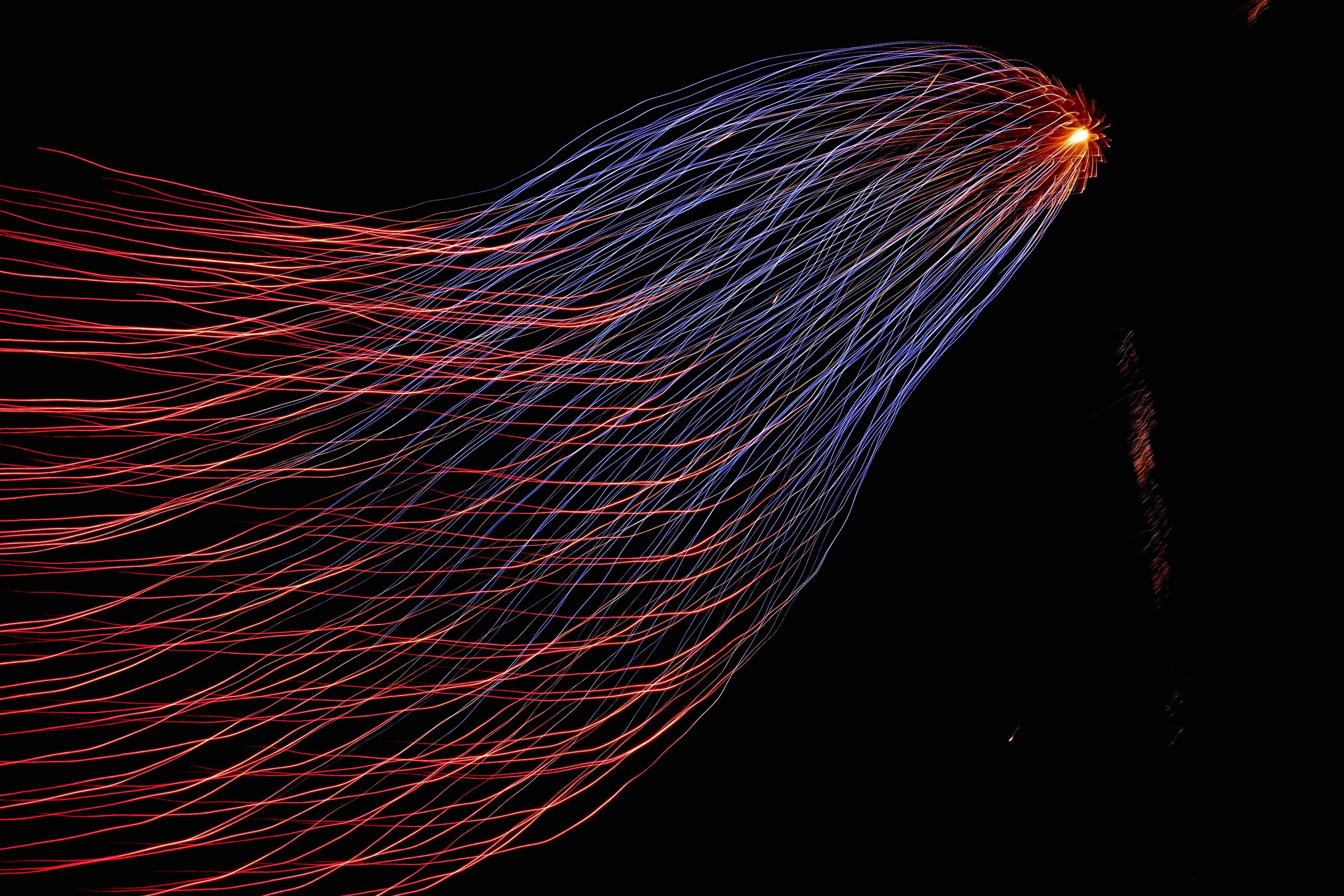
Get To Know Our Chief Data Scientist, John Mercer
December 7, 2023At Pixability, we’re committed to using data science to empower marketers, helping them better connect with their audiences. We caught up with our Chief Data Scientist, John Mercer, who joined the company last year, to find out more about his passion for all things data.
Hi John, and thanks for taking the time for our readers to get to know you a little better. For our first question, tell us a little about yourself. What’s John all about?
Oh wow, starting with a hard question. The world is drowning in data but starving for information. This is true no matter what entity or what level on the world stage — government, business or person. I’m all about helping people make optimal decisions in a world that is uncertain — at its most fundamental level and at all scales. That’s why data science is the perfect fit for me, because as data scientists, we get to help people harness data to see their problems through a new lens. Our goal is to induce paradigm shifts in the way people see their problems, their business, and their customers, while building tools and products that harness vast amounts of data to help people make decisions our brains have not evolved to do.
How did you find your passion in the data science field? What about it attracted you?
I had an eclectic analytical background in economics, statistics, mathematics, physics, and computer science as an undergraduate and graduate student. I also founded and ran — for over a decade — a profitable software company called Xumbrus that empowered students with academic writing software. So, it was natural to be in data science as it’s interdisciplinary in nature, and harnesses ideas, methods, and skills from across these fields to build data-driven software products. An inflection point for me was at the end of my undergraduate program. My next move was to pursue a PhD in economics. But then my Dad became ill and I spent a long time in the ICU with him, watching doctors reason under uncertainty. I became obsessed with more deeply understanding advanced statistics, probability models, and data-driven decision making. So, I changed course and went to graduate school for applied probability and statistics, focusing on Bayesian modeling and information theory. I wasn’t able to save my Dad, but I did go on to architect and implement a multiple award-winning patented technology platform at the Broad Institute of MIT & Harvard using machine learning and large-scale functional genomics network data that helps the world’s leading scientists elucidate the biological pathways that govern cellular function.
Did you see the recent article in eMarketer about how data science is seen as the top technical skill that will be in demand in two years at agencies? Why do you think agencies see the demand for data science today?
First, let’s define ‘data scientist’ since it’s widely misunderstood. A data scientist is a really good coder that intimately understands mathematics, statistics, and machine learning; knows how to visualize data and tell stories; and has a product heart. This is what I recruit for. Now, the digital ad world is too complex to compete without harnessing modern computing. You need folks that can analyze, visualize, and distill massive datasets into actionable information and build models that can act as thought partners for brands and agencies so they can focus on higher level creative and competitive work. This is why real data scientists are so valuable. Without data science, you’re competing using “dial-up internet” analytic capabilities, so to speak.
Without giving away too much of the secret sauce, can you describe how your work in data science is powering Pixability?
Our business is the science of video advertising. In an industry that’s often so opaque, convoluted, and quite frankly full of so much BS around AI capabilities, we pride ourselves on maintaining our scientific integrity — and that’s the real power of Pixability. Based on both our strategic partnerships with the channels that matter (e.g., the YouTube Measurement Program) and our long history in this space, we have campaign performance across 20 industries and large and diverse datasets for every entity brands and agencies need to model these complex digital ecosystems (YouTube videos/channels/placements/comments/campaigns, the Facebook family of apps, CTV, etc.). This enables us to employ the latest machine learning methods and deep learning to build proprietary tech like our Campaign Optimization Engine for multi-KPI optimization and pacing for YouTube campaigns.
Let me stress the importance of the size and diversity of our data, because you can’t do real machine learning without both. If the third party you’re considering has never targeted your industry or the targeting and complexity of your campaigns, their models haven’t learned the rules of the auction economics and response profiles needed to give you an unfair competitive advantage in the market. This is why we’ve become known as the masters of large complex campaigns.
OK, last question. How do you see data science as a driver of change in the video advertising industry? Where do you think data science will bring marketing in two years?
Data science alone isn’t going to take anyone anywhere. What our clients have come to realize is that we are scientific collaborators. We care deeply about empowering brands with the deepest insights and most powerful machine learning so they can focus on more strategic and creative work. Rather than thinking about where data science will bring marketing, I’m more concerned with where Pixability and its brand partners are going to bring video advertising in two years. There is so much magic we can create together, and so much good we can do for brands, the industry, and the consumers, that it’s hard to sleep at night.